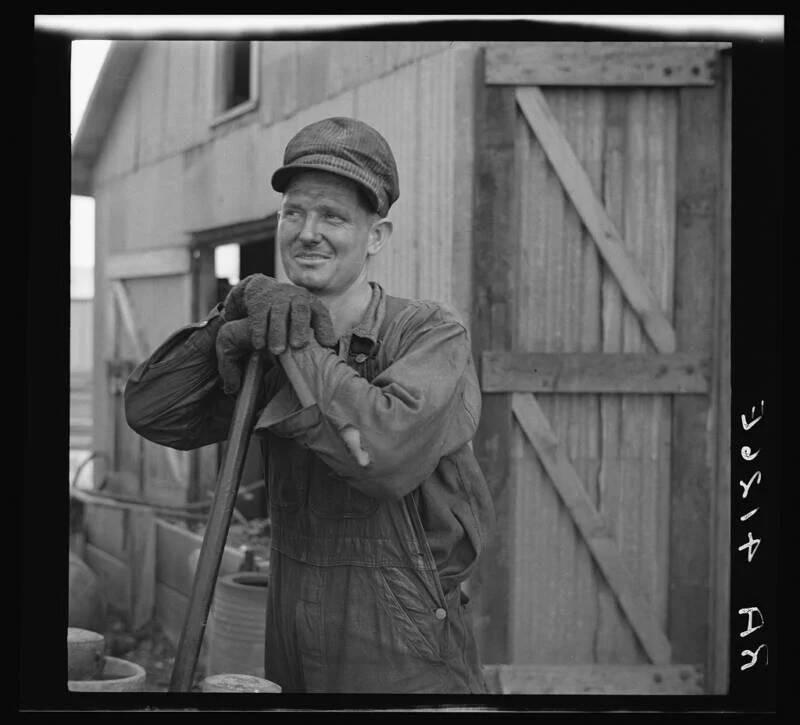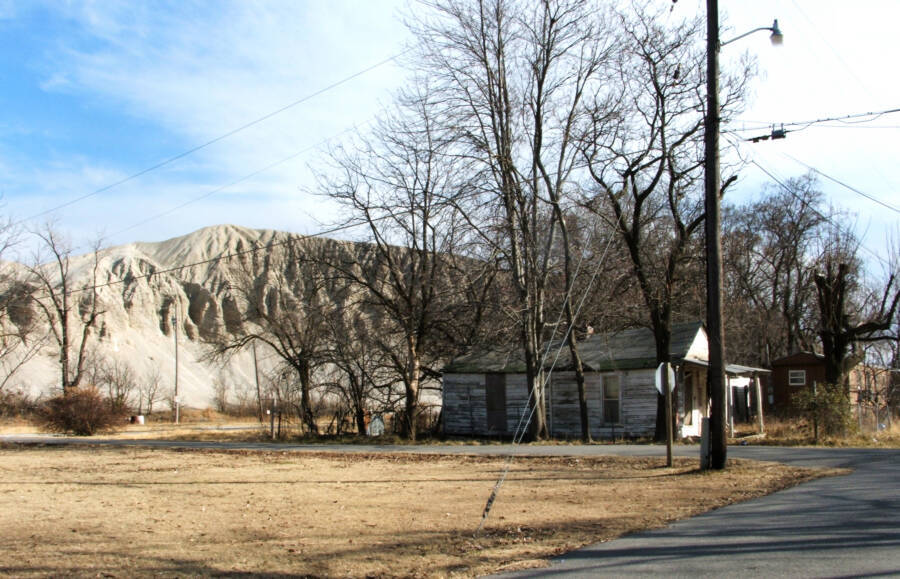Picher, Oklahoma: ‘America’s Most Toxic Ghost Town’

Library of CongressPicher, Oklahoma grew quickly thanks to the discovery of lead and zinc nearby.
In some ways, Picher, Oklahoma, resembles other ghost towns on this list. It was once a profitable mining town that shrank when the mines shut down. But Picher’s story has another, more disturbing chapter.
Picher started growing around 1913 when lead and zinc ore were discovered in the area. By 1926, Picher was home to 14,000 residents, and nearby mines produced more than $20 billion in ore between 1917 and 1947. However, mining activity slowed in the 1930s, and it had stopped entirely by 1967.
Though Picher’s population naturally shrank, many people remained in the town. Unbeknownst to them, however, they were surrounded by the toxic remnants of Picher’s mining past.

elasticsoul/FlickrA huge pile of toxic chat in Picher, Oklahoma. The gravel-like substance was so ubiquitous that residents picnicked atop it.
Water contaminated with heavy metals turned local creeks red, killed wildlife, and turned children’s hair orange. Gravel-like toxic chat, waste created from separating valuable lead and zinc from the ore, remained in huge piles throughout town — which were often used as sites for family picnics.
Before long, teachers in Picher began noticing that their students had concerning developmental issues. The Indian Health Service soon realized the reason why: Local children had high levels of lead in their blood. In 1983, Picher was officially declared a Superfund site.
Picher’s residents began leaving around then, and the town’s population dropped to 1,640 by 2000. After a devastating tornado in May 2008, it dropped even further — to just 20. Today, Picher is known as “America’s Most Toxic Ghost Town” and is all but abandoned.





